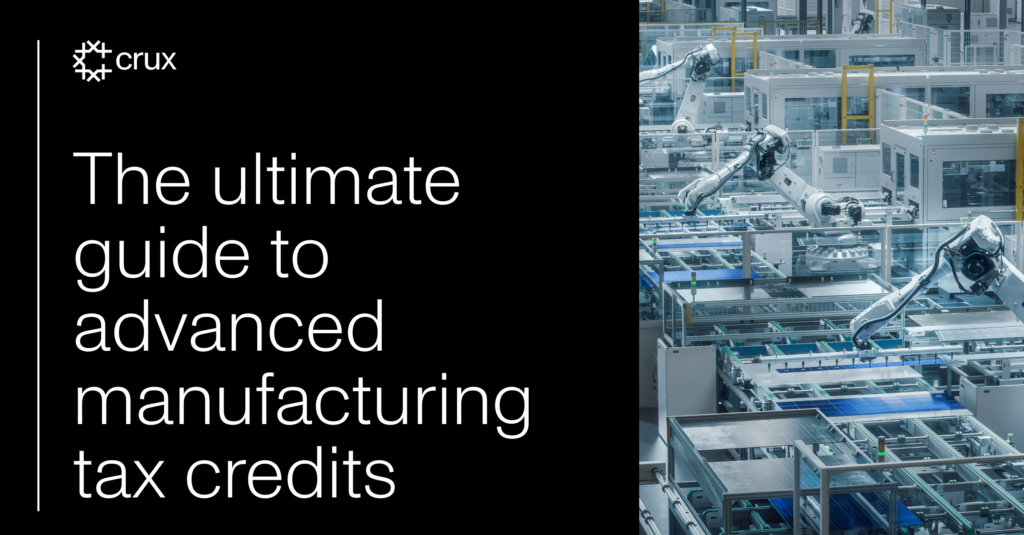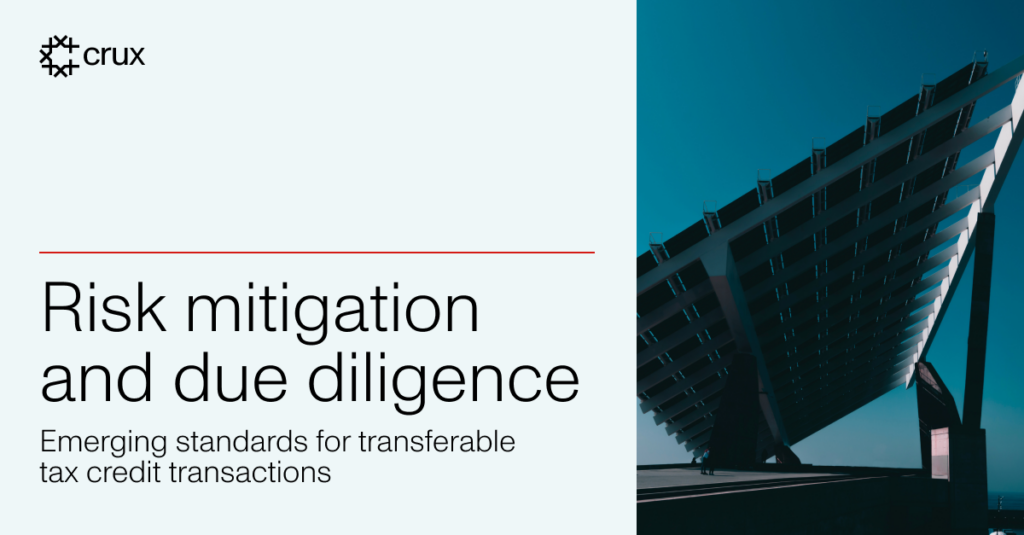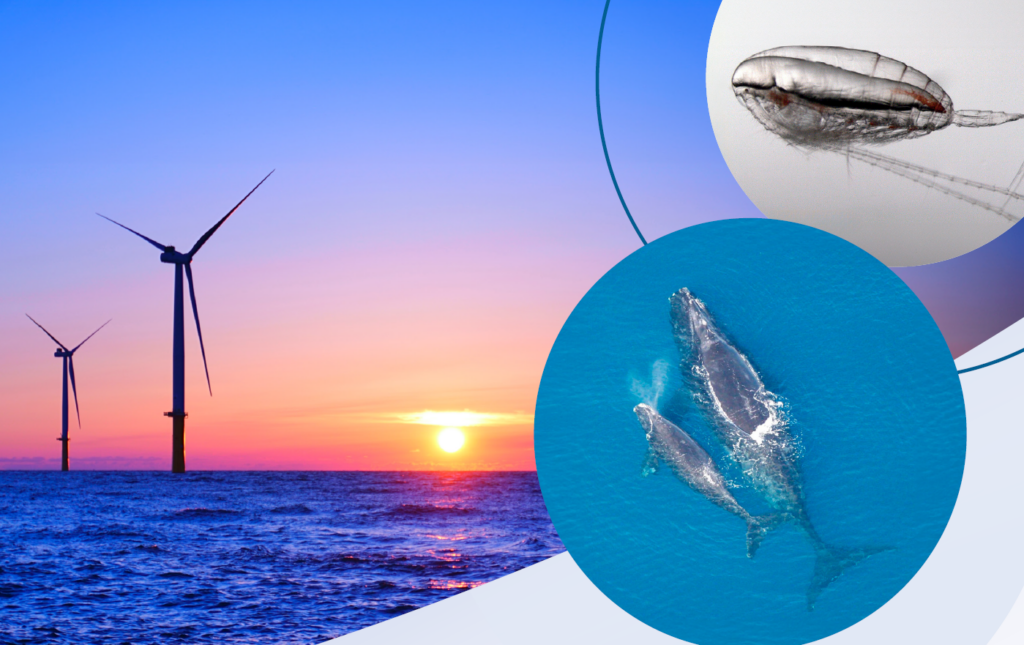Technology advances have enabled wind and solar energy to be reliably integrated into the power system, providing grid reliability services as well as or better than conventional power plants.
This report answers the most frequently asked questions about how grid operators are able to reliably integrate large amounts of renewable energy. Concise answers are provided in the executive summary, with citations and supporting analysis included in the full report.
Topics covered:
- How much wind energy are grid operators integrating now?
- How much more renewable energy can we reliably integrate?
- Don’t we need baseload?
- What happens when the wind doesn’t blow?
- Why are coal and nuclear plants facing economic challenges?
- Can renewables provide the reliability services provided by conventional generation?
- What about the variability of renewable energy?
- How much does it cost to integrate renewable energy?
- Don’t grid operators need to add backup to integrate wind?
- What steps help accommodate higher levels of renewable energy?
- Isn’t energy storage necessary to integrate wind?
- Why is some wind power curtailed? How does time of production affect the value of wind energy?
- What has been Europe’s experience with renewable energy?
- What is wind’s net impact on emissions?




